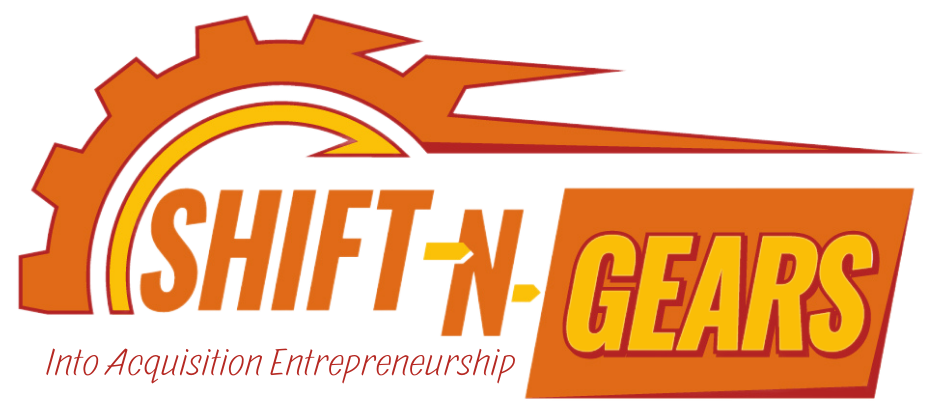Part III-8 Steps to ROB(s) Your 401K to Buy a Business and Get Away With It!
The Fairy Tale Concludes
Keep in mind, this ROBS strategy does not have to be an all-or-none game. Consider “ROBing”, a portion of your retirement portfolio. Using your retirement funds to buy a business can be risky, but you don't have to use the entire 401K for your acquisition. Feel free to keep a portion of the funds hidden in the cookie jar.
Choose your weapon carefully.
Similar tools may include using a self directed IRA, or an inherited IRA. The main difference, and its HUGE, is that while a ROBS requires the business owner to be a paid worker, with minimum hour and salary requirements, using a self directed IRA prohibits the owner from being a paid worker. The Self Directed IRA option actually requires that the owner remain out of the business. He or she may not work in the business, draw a salary or personally guarantee any business loans. If you’re looking for the rabbit hole here, look up Peek v. Commissioner, 140 T.C. N0. 12 (May 9, 2013). Also see “Qualifying Employer Securities” at IRC 4975(d).
How to keep the big bad wolf at bay.
Anytime the IRS is missing out on a large chunk of change, the level of scrutiny increases dramatically. The ROBS structure is totally legit, but the tax advantages will disappear with the snap of the fingers if you’re not following through with the ongoing requirements. And quite frankly, the IRS reports that most ROBS businesses either fail or are on the road to failure. The success stories are few and far between. Keep in mind, the C Corporation has its own annual requirements and those are separate from the 401K and ROBS requirements. This is not a willy-nilly transaction!
Every plan year, which may or may not be January through December, and may or may not match your business year, IRS Form 5500 must be filed. This form requires information such as
• Individual Employee information, including name, social security number, hours worked, compensation, and dates of hire, fire and birth.
• The value of your company stock within the 401K. Some level of valuation will need to be done every year
• Dollar amounts contributed by employees
• Matching amounts contributed by employer
• Proof that each eligible employee was treated fairly with respect to the retirement plan
• Proof of an ERISA Bond equal to 10% of plan assets or $500,000, whichever is less.
The biggest problems seen by the IRS are not complying with the annual filing requirements of Form 5500 for the retirement plan and Form 1120 for the C Corporation. Other problems found are:
• Amending the plan to prevent other participants from purchasing stock
• Valuation of assets
• Failure to issue Form 1099R when assets are rolled into the ROBS plan
"And then they sold their business and lived happily ever after..."
If you’ve been funding your operation with a ROBS, then wrapping it up needs to be added to the to-do list as you prepare for sale. Contact your Third Party Administration to inform them of a potential sale. They will guide you on forms to be filed, timelines and other IRS requirements.
If you recall from earlier in this article, the main point of ROBS is to buy stock in your C Corp. Now it’s time for the company to redeem or buy back its stock from the 401K at current fair market value. Getting a business valuation is key. Those monies are deposited in the accounts of the 401K and must be distributed from the plan. They will be rolled over to the next employer’s retirement plan or to individual IRA accounts. After complete distribution, Form 5500 is filed, telling the IRS that the plan is terminated.
When it comes time to sell, do not forget about your ROBS or wait until the last minute.
The moral of this story? ROBS is like a magic spell that can easily backfire. Proceed with caution. Hire knowledgeable professionals and file your forms!
Peace Out!
Della
Ready to sell your business?
https://www.shift-n-gears.com/9-steps-to-selling-your-business
